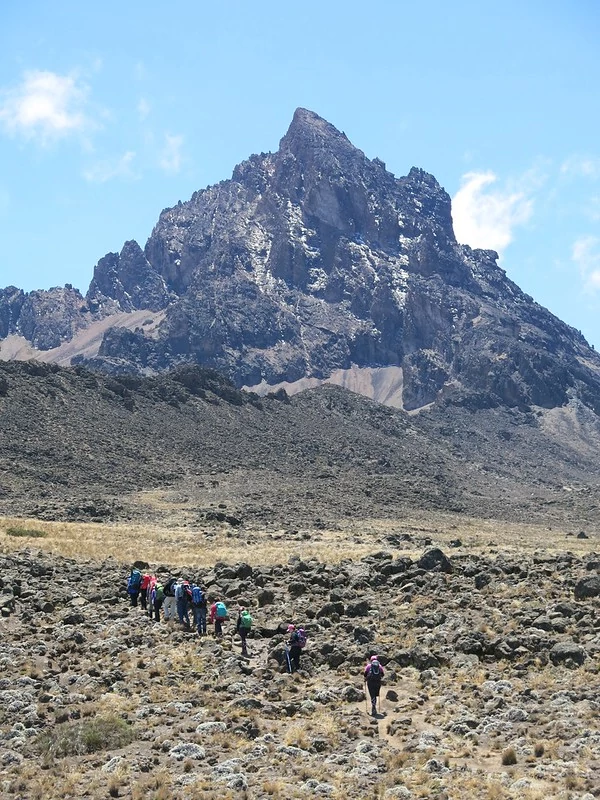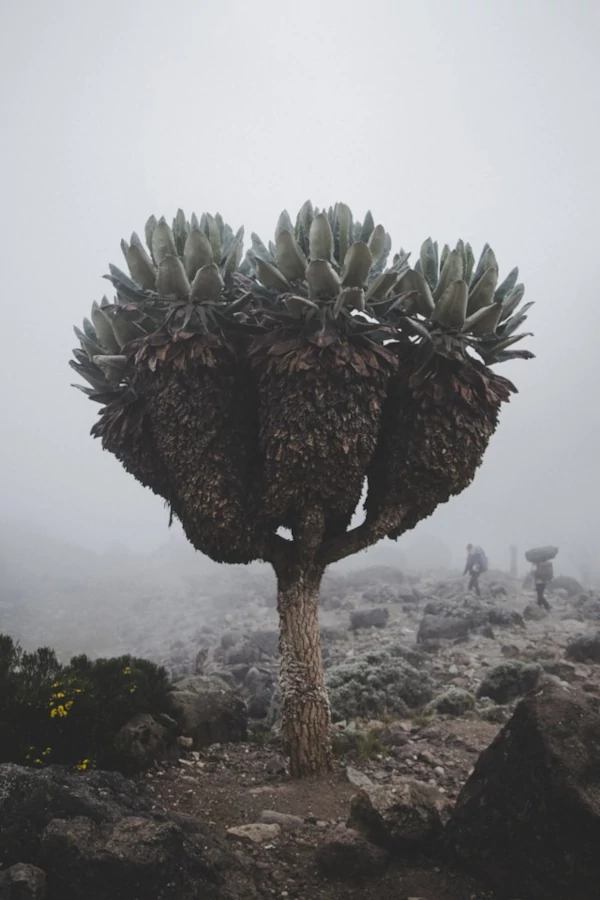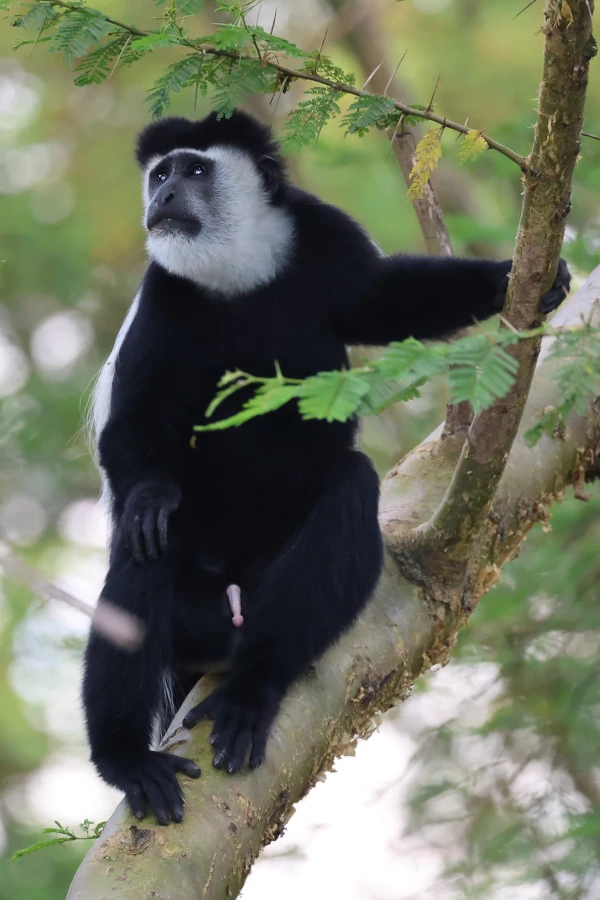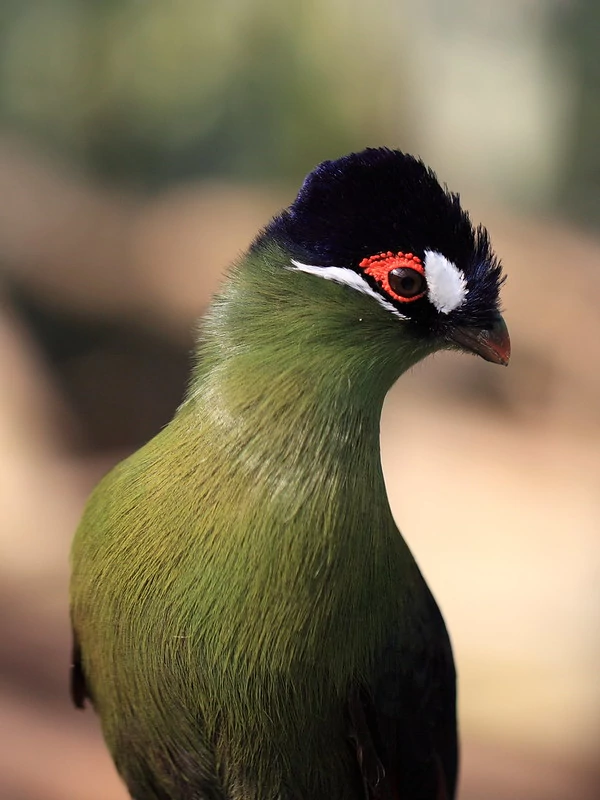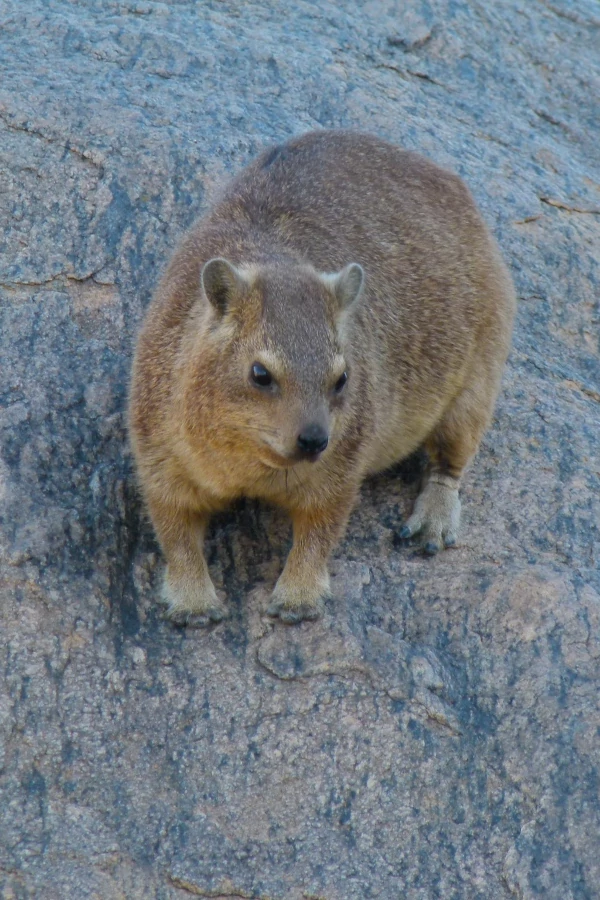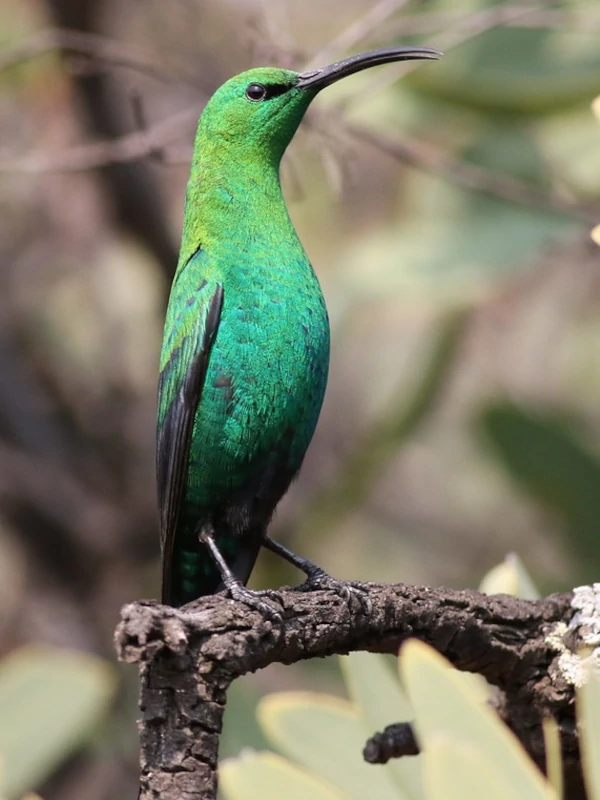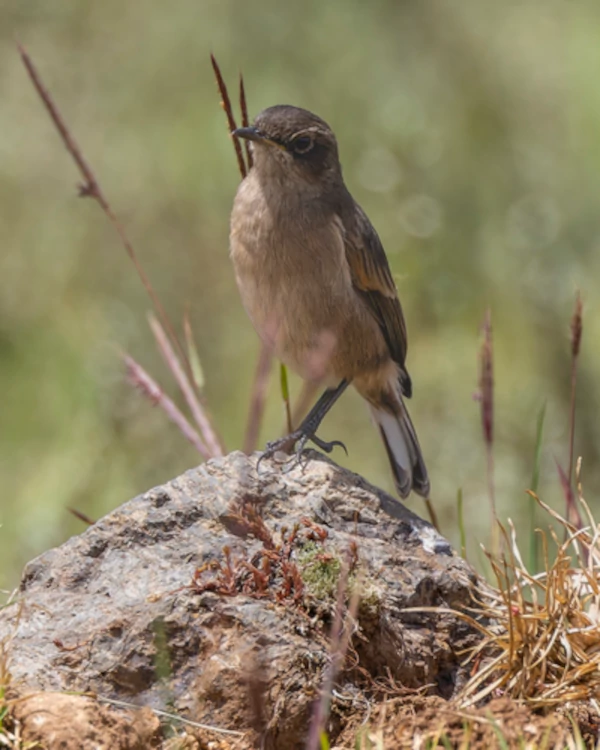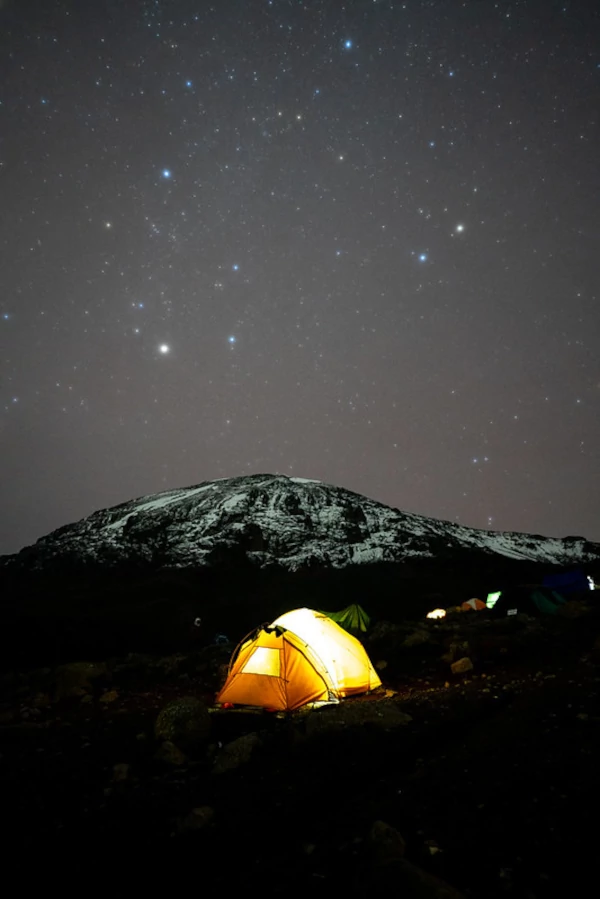The park is renowned for its incredible biodiversity, hosting a variety of flora and fauna adapted to its diverse environments. Visitors can encounter elephants, buffalos, and leopards in the montane forest, while blue monkeys, colobus monkeys, and various bird species inhabit the lower slopes. As trekkers ascend, they pass through moorlands covered with giant heathers and unique plants like the giant groundsels and lobelias, eventually reaching the stark, rocky alpine desert and the icy summit.
Apart from its natural beauty and wildlife, Kilimanjaro National Park offers one of the world's most iconic trekking experiences. Several routes, including the popular Marangu, Machame, and Lemosho routes, provide varying levels of difficulty and scenic diversity, allowing climbers to choose a path that suits their abilities and preferences. Reaching the summit, known as Uhuru Peak, is a challenging but rewarding adventure, offering breathtaking views of the African landscape and a profound sense of achievement.








